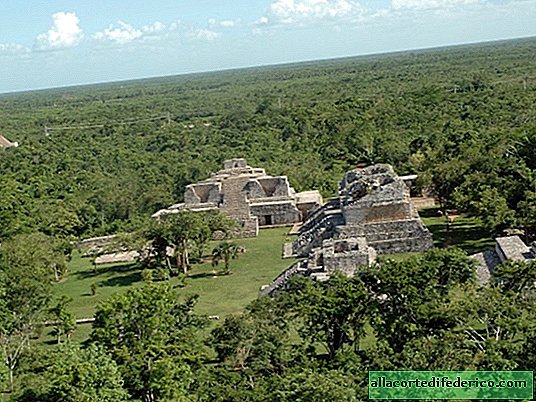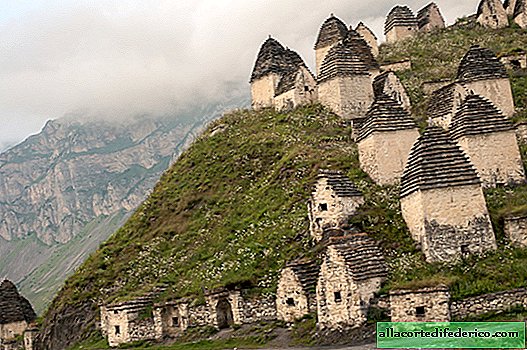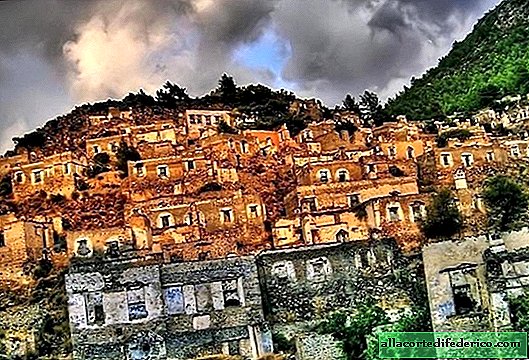Kimberlite pipes - diamond custodians
Diamond is one of the most beautiful and valuable minerals on our planet. Along with these advantages, it has the highest hardness compared to other minerals and the highest thermal conductivity among solids. This exquisite stone is a special form of carbon and in its chemical composition is no different from ordinary graphite. Sometimes a diamond has a pink, green, blue or yellow hue. According to various estimates, from 70 to 90% of the diamonds mined in the world are used for the manufacture of jewelry. Another area of application of these minerals is far from the world of luxury and brilliance. Due to its unique hardness, diamonds are used to make drill columns and cutters. And of course, they are used in optics and in the field of microelectronics.

For millennia, people have mined diamonds from placer deposits in India, Indonesia, Brazil and other countries. But that all changed with the discovery of kimberlite pipes at the end of the 19th century. Today, the vast majority of world diamond reserves (up to 90%) are located in kimberlite pipes. The remaining 10% is accounted for by placer deposits.
What are these wonderful tubes? They were formed as a result of a volcanic eruption millions of years ago. This is a kind of pillar or funnel that arose during the explosive penetration of gases and molten magma through the earth's crust. This funnel expands to the surface and has a diameter of up to 1.5 kilometers. The area saturated with diamonds gradually narrows and already has a small diameter at a depth of 600 - 1000 m. The contents of a kimberlite pipe is a solution of magma that was discarded during the eruption of an ancient volcano. This solution contains diamonds. Today, there are about 12,000 kimberlite pipes in the world, but diamonds have been found in only half of them. And even if diamonds were found in a kimberlite pipe, their development requires a high content. According to experts, there are no more than 100 kimberlite pipes on the planet that are economically viable to develop with the current level of technology development. This makes diamond such a valuable stone. The most promising are tubes from 500 meters in diameter or more. They are concentrated mainly in Russia, South Africa, Botswana, Angola, Canada, Namibia, Congo and Australia.
The largest kimberlite pipe in the world, which is currently undergoing diamond mining, is located in Yakutia and is called Udachnaya. More precisely, this is not one pipe, but two closely spaced kimberlite pipes.
 In the picture: the “Udachnaya” kimberlite pipe scheme in Yakutia
In the picture: the “Udachnaya” kimberlite pipe scheme in YakutiaInitially, work was carried out there on the extraction of diamonds from the upper parts of the kimberlite pipe, to a depth of 400 m. Mining was carried out in an open way, by developing a quarry. The surface pit diameter is about 1,400 meters. And in 2014, an underground mine was commissioned, which produces diamonds at a depth of up to 1400 m. The Alexander Pushkin diamond, the second largest in Russia, weighing 320 carats, was found at this deposit.
 In the photo: development of the Udachnaya kimberlite pipe in Yakutia
In the photo: development of the Udachnaya kimberlite pipe in YakutiaToday, geologists from different countries continue to search for precious diamonds, including those not related to kimberlite pipes. But so far, it is these amazing gifts of volcanic eruptions of the past that continue to form the basis of global diamond mining.


















